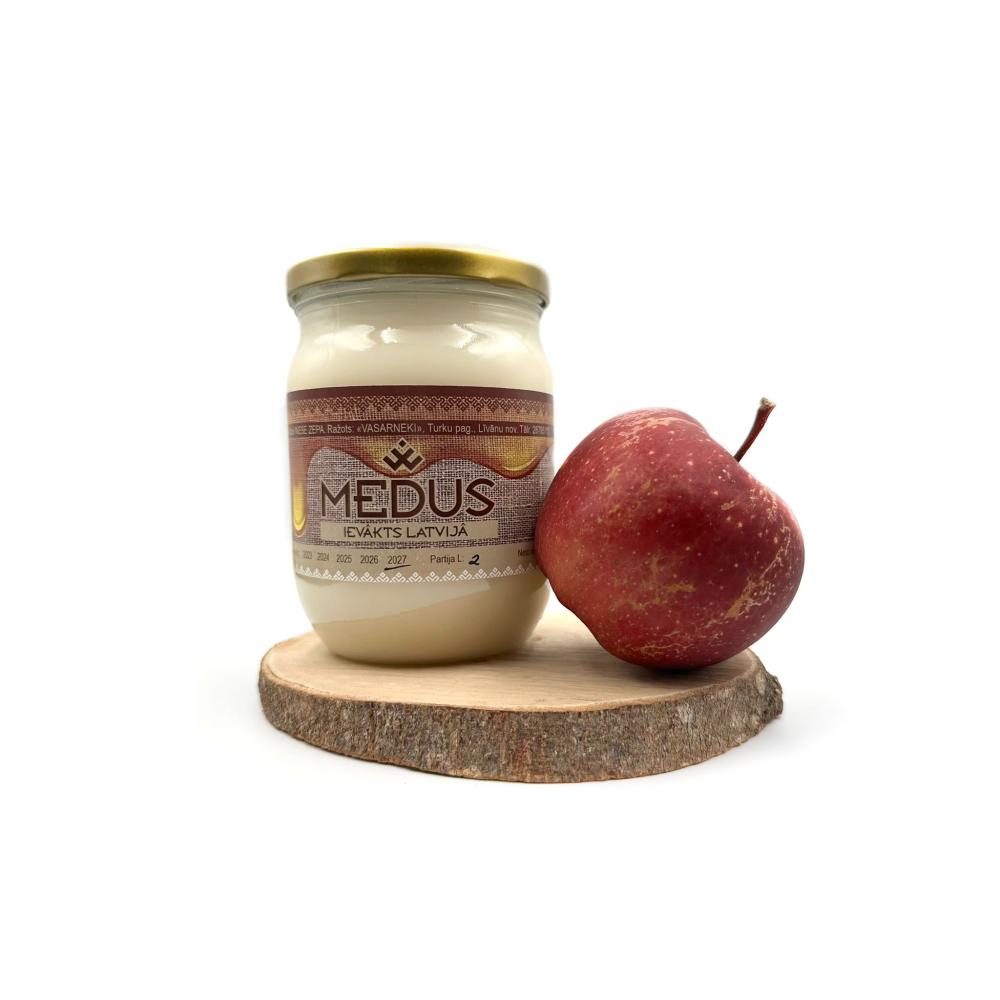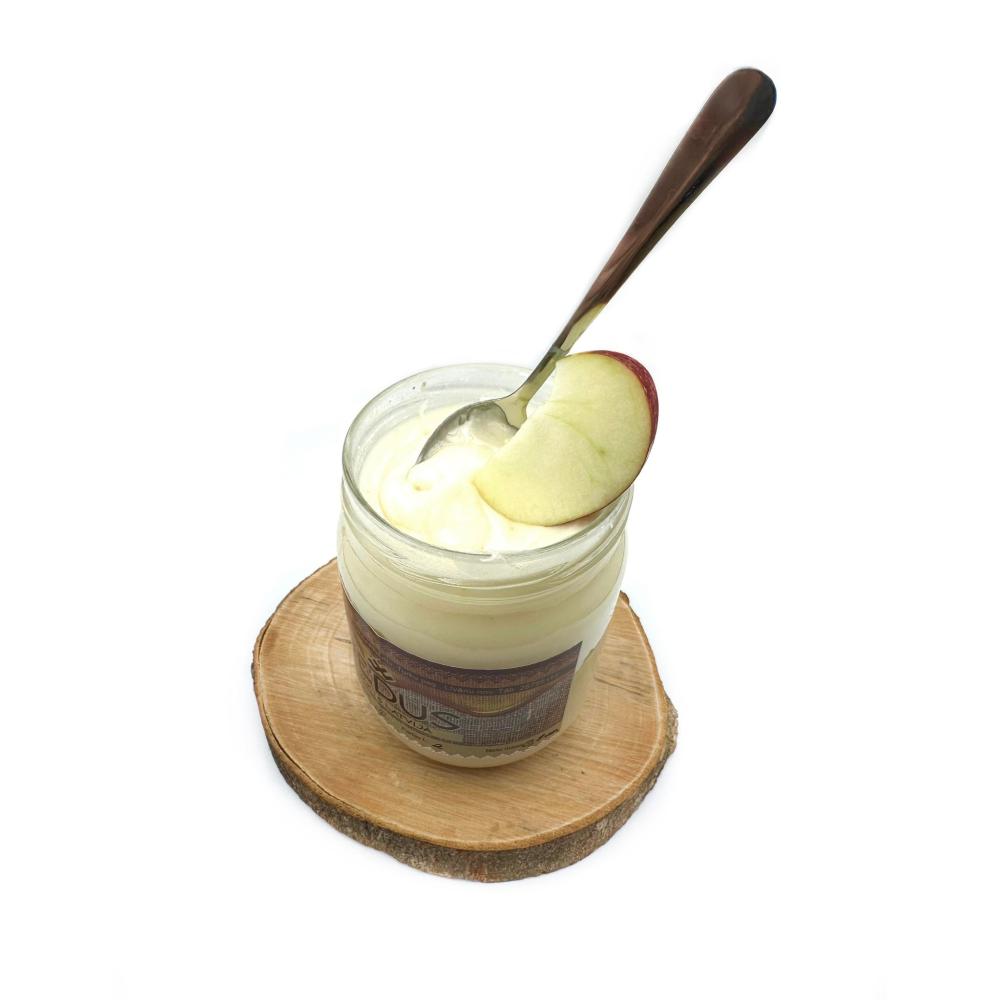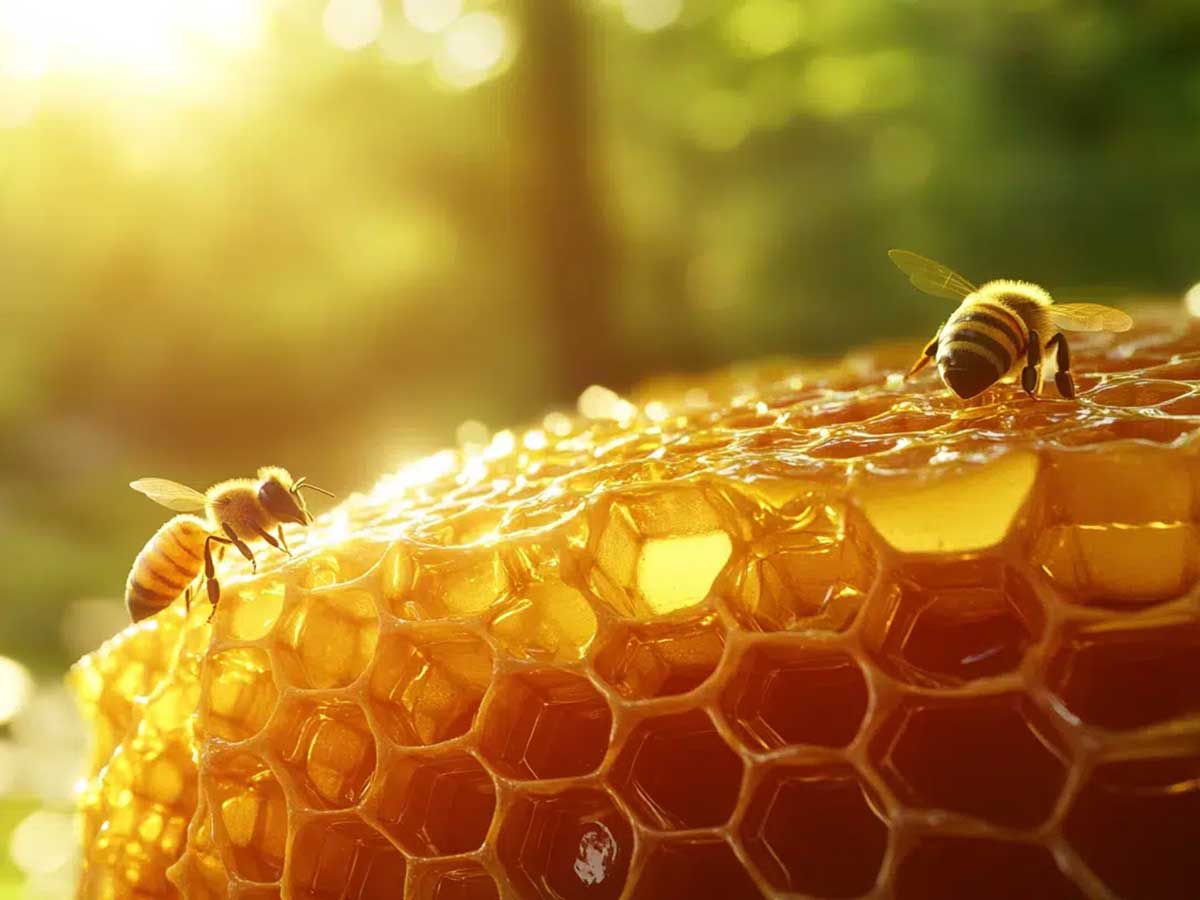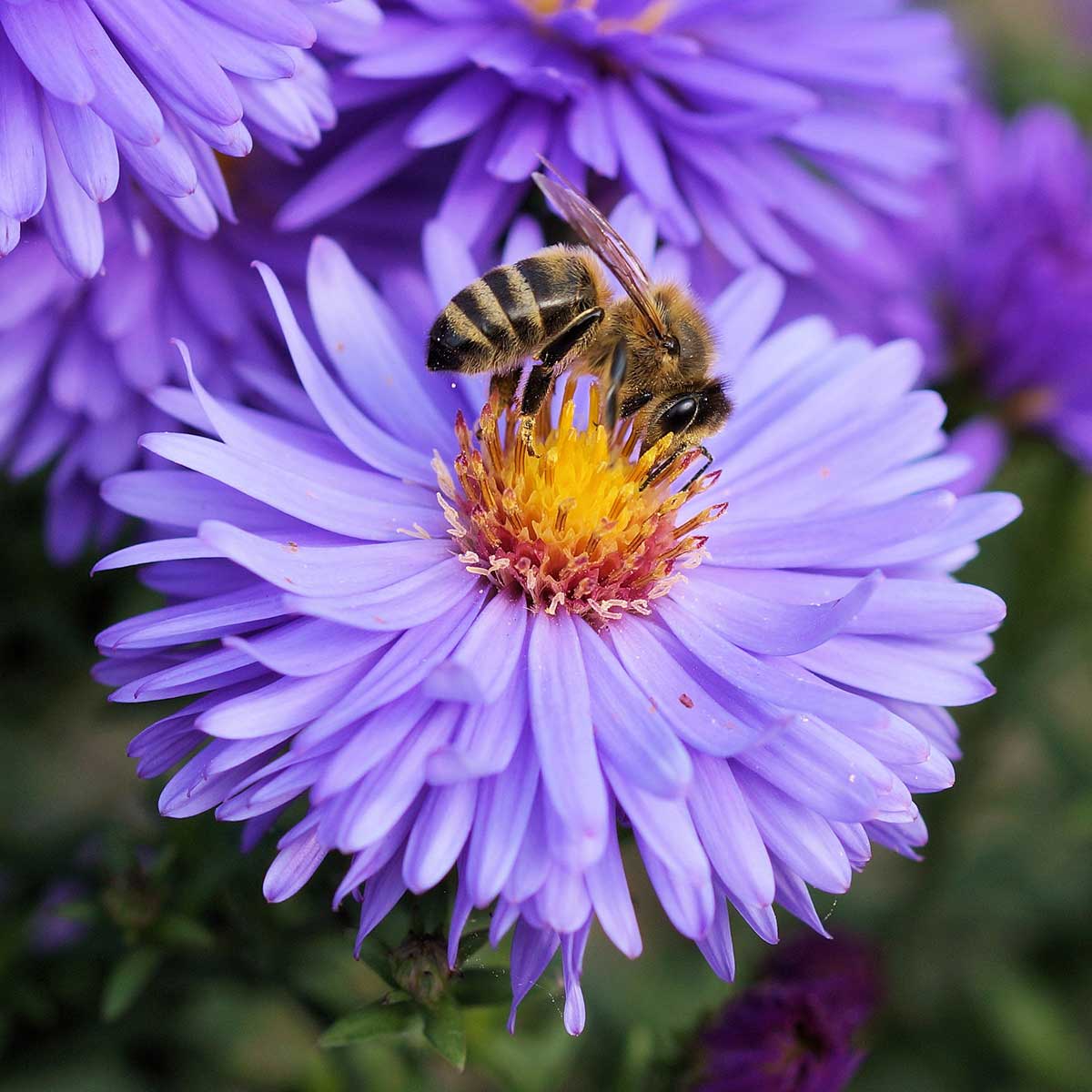Forest honey, linden blossom honey & apple blossom honey available from July! Honey Williams available from August.
Headline
Headline
Headline
The life of bees is truly fascinating and full of amazing details!
Here are some of the most interesting facts from the world of bees that you might not have known:
Honey Production: A bee must fly out about 25,000 times to collect a 500-gram jar of honey. On each flight, it visits 200-300 flowers and carries about 0.02 grams of honey per trip. Fortunately, up to 50,000 bees work together in a hive to accomplish this enormous task.
Liquefying Honey: Crystallized honey can easily be liquefied by heating it to a maximum of 40°C, for example, in a water bath. If heated more strongly, important enzymes and healthy components are lost. Bee Vision: Bees see much better than humans. Their compound eyes perceive over 300 images per second, while the human eye processes only about 65 images per second. Drones have even better eyes to locate the queen in flight.
Elephants and Bees: Elephants are very afraid of bees. In Africa, farmers take advantage of this by placing beehives as natural fences to keep elephants away from their fields.
Bee Dance: Bees communicate through dancing. The round dance indicates food nearby, while the waggle dance communicates the direction and distance of the food source based on the position of the sun and the duration of the dance. This discovery earned Karl von Frisch the Nobel Prize in 1973.
Healing Properties of Honey: Honey can help with swelling, coughs, fever, and certain pains. Its anti-inflammatory and antibacterial properties also promote wound healing and reduce scarring.
Varroa Mite: The Varroa mite, a parasite from Asia, has been threatening bee colonies worldwide for over 30 years. Only in a few areas, such as Sweden and some Australian islands, are there still Varroa-free bee colonies.
Beeswax: Bees produce wax by "sweating" it from their wax glands. For 1 kilogram of wax, a bee colony needs between 2 and 8 kilograms of honey and must "sweat" over a million wax scales.
Bee Castes: A bee colony consists of three "castes":
the queen, who lays eggs and holds the colony together; the worker bees, who take on all tasks in the hive; and the drones, whose sole purpose is to mate with the queen.
Pollen as a Protein Source: Pollen is the most important source of protein for bees and also contains fatty acids, vitamins, minerals, and trace elements. A strong bee colony can pollinate over 3 million flowers daily. Bees are not only incredibly hardworking but also indispensable for our ecosystem. Their pollination services make them one of the most important livestock animals of all.
Here are some of the most interesting facts from the world of bees that you might not have known:
Honey Production: A bee must fly out about 25,000 times to collect a 500-gram jar of honey. On each flight, it visits 200-300 flowers and carries about 0.02 grams of honey per trip. Fortunately, up to 50,000 bees work together in a hive to accomplish this enormous task.
Liquefying Honey: Crystallized honey can easily be liquefied by heating it to a maximum of 40°C, for example, in a water bath. If heated more strongly, important enzymes and healthy components are lost. Bee Vision: Bees see much better than humans. Their compound eyes perceive over 300 images per second, while the human eye processes only about 65 images per second. Drones have even better eyes to locate the queen in flight.
Elephants and Bees: Elephants are very afraid of bees. In Africa, farmers take advantage of this by placing beehives as natural fences to keep elephants away from their fields.
Bee Dance: Bees communicate through dancing. The round dance indicates food nearby, while the waggle dance communicates the direction and distance of the food source based on the position of the sun and the duration of the dance. This discovery earned Karl von Frisch the Nobel Prize in 1973.
Healing Properties of Honey: Honey can help with swelling, coughs, fever, and certain pains. Its anti-inflammatory and antibacterial properties also promote wound healing and reduce scarring.
Varroa Mite: The Varroa mite, a parasite from Asia, has been threatening bee colonies worldwide for over 30 years. Only in a few areas, such as Sweden and some Australian islands, are there still Varroa-free bee colonies.
Beeswax: Bees produce wax by "sweating" it from their wax glands. For 1 kilogram of wax, a bee colony needs between 2 and 8 kilograms of honey and must "sweat" over a million wax scales.
Bee Castes: A bee colony consists of three "castes":
the queen, who lays eggs and holds the colony together; the worker bees, who take on all tasks in the hive; and the drones, whose sole purpose is to mate with the queen.
Pollen as a Protein Source: Pollen is the most important source of protein for bees and also contains fatty acids, vitamins, minerals, and trace elements. A strong bee colony can pollinate over 3 million flowers daily. Bees are not only incredibly hardworking but also indispensable for our ecosystem. Their pollination services make them one of the most important livestock animals of all.

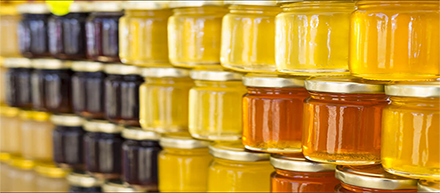
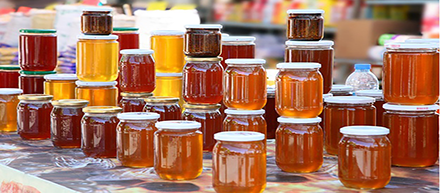
.jpg)
.jpg)
